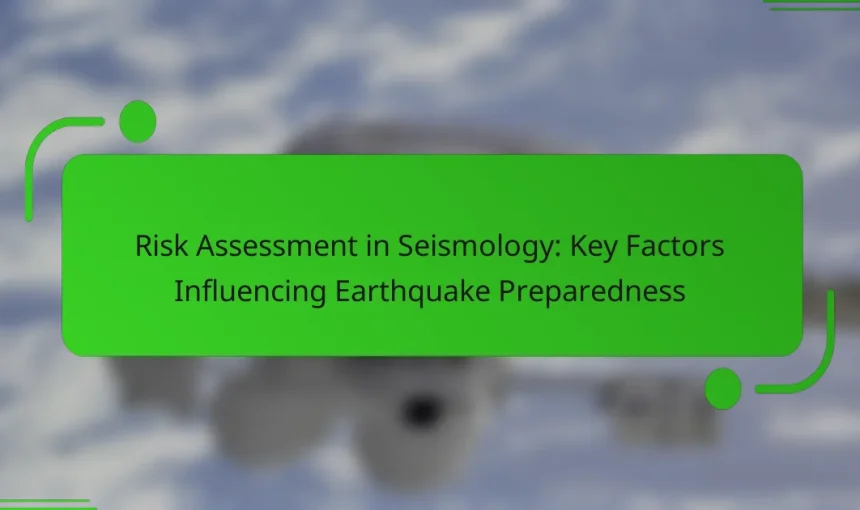Integrating geospatial data into seismic risk evaluation processes enhances the analysis of earthquake impacts on specific locations by combining geographic information with seismic hazard assessments. This approach utilizes data such as land use, population density, and infrastructure mapping to identify vulnerable areas and prioritize mitigation efforts. Best practices include employing high-resolution spatial datasets, real-time seismic […]
Risk assessment in seismology evaluates the potential impacts of earthquakes on communities and infrastructure. This process involves analyzing seismic hazards, vulnerabilities, and exposures, utilizing methodologies such as probabilistic seismic hazard assessment (PSHA) and deterministic seismic hazard assessment (DSHA). Key factors influencing this assessment include geological conditions, historical data, building codes, and community preparedness initiatives. Accurate […]

